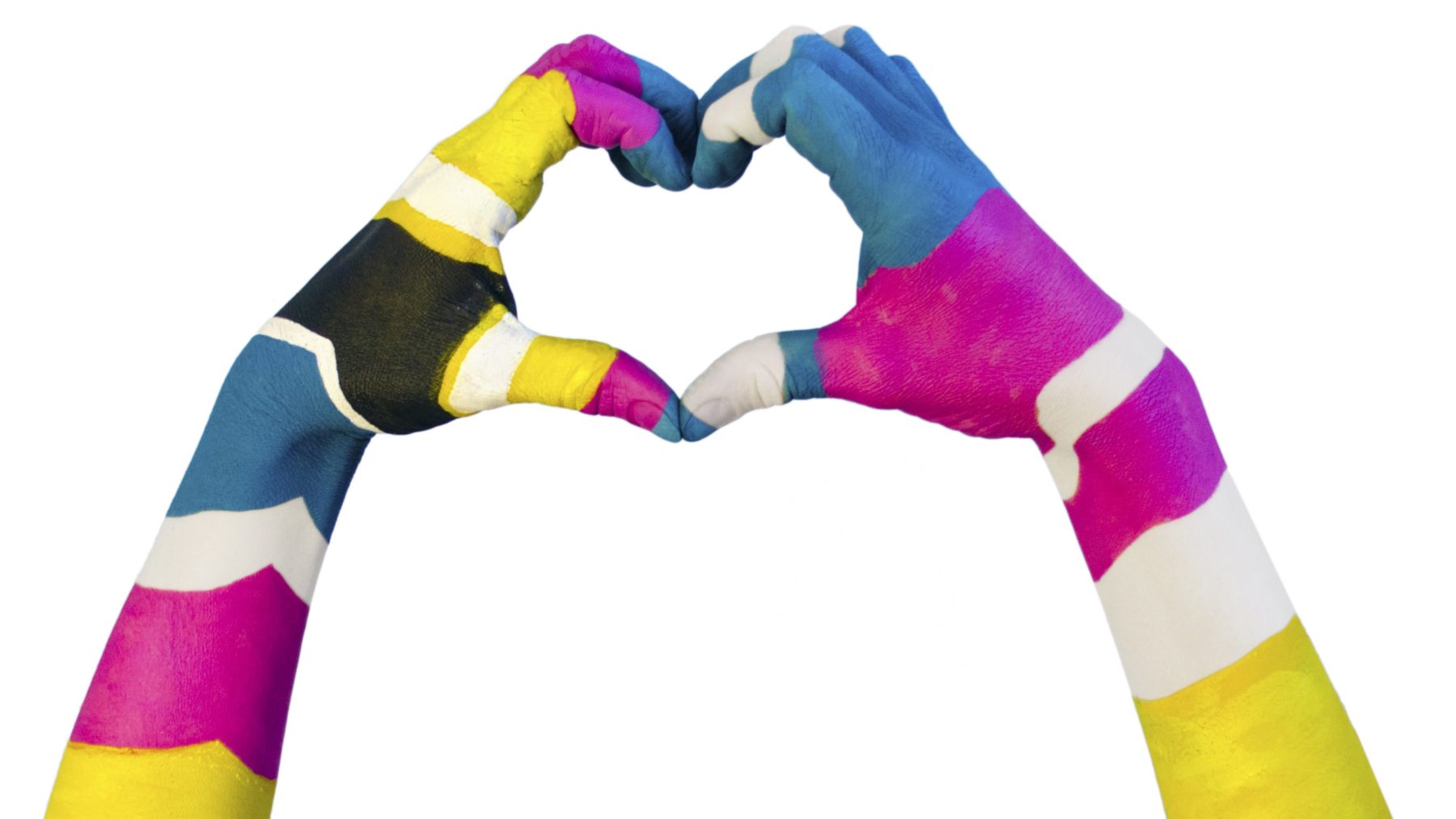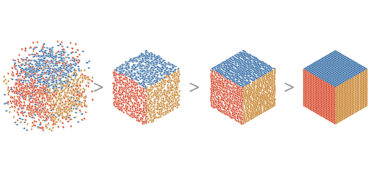It’s almost that wildly anticipated time of year—Cannes Lions Health Festival is right around the corner, June 18th through the 19th. Lions Health Jury President for Health and Wellness, R. John Fidelino, Executive Creative Director, InterbrandHealth, and Rich Levy, Chief Creative Officer, FCB Health, Jury President for Pharma Marketing talked to PM360 about Lions Health and what being bold means—is it go bold or go home, as some marketers have suggested, or is there more to it—much more?

 I’ll first say, I feel the term “go bold or go home,” implies a kind of flashiness. I’ve found that great creativity is a lot more nuanced and manages to enter people’s lives in a more meaningful and integrated way, which is the definition of “bold” in my book.
I’ll first say, I feel the term “go bold or go home,” implies a kind of flashiness. I’ve found that great creativity is a lot more nuanced and manages to enter people’s lives in a more meaningful and integrated way, which is the definition of “bold” in my book.
Ultimately, particularly in healthcare, our goal is to create awareness, drive patient engagement, and seek out solutions that will make health and lives better—and to cut through all the noise, the inundations of information, to do so.
Being bold cannot be done by sacrificing empathy, as it is incredibly important to relate to patients’ lives and to understand the context they are living in. It is our job to recognize and capture the detailed context of how people are living, their realities, i.e., lower income, a sexuality, a gender. Being bold is taking a stand for those who cannot, and that’s exactly what we strive to do through our work. As a result of much of our client work, better health results have been formed because we understood the patients, and their struggles and needs.
Through the numerous channels available to us, marketers have the opportunity to create a layered set of communications, for patients and for physicians, to create an immersive and emotionally fulfilling experience.
In terms of Lions Health, I’m hoping we, as a creative industry, can continue to advocate for creative forums and conferences such as this one. The industry benefits, and in fact, without such conferences, marketers are left to emulate and learn strictly as a category. Having a forum like Cannes Lions to learn how to implement creative inspirations in a highly regulated or a highly emotional sphere such as healthcare, is something our peers, clients, and audiences around the world depend on.
As creative directors, we see our job as more than just dressing a set. We see our job as helping people understand the options that are available to them, and ultimately, we inspire confidence that they can do something about their health.
 When you’re talking about creativity, it’s very interesting because I think the best ideas are those we call “never finished ideas” here at FCB Health. I’ll use the Ice Bucket Challenge as a good example of a never finished idea. It was a simple idea that was incredibly provocative, invited participation, created new behavior, and raised more money for the ALS Foundation than any other previous program. Never finished ideas are those that over time, you just want to continue to create new chapters, find different ways of expressing the idea, and keep building and building.
When you’re talking about creativity, it’s very interesting because I think the best ideas are those we call “never finished ideas” here at FCB Health. I’ll use the Ice Bucket Challenge as a good example of a never finished idea. It was a simple idea that was incredibly provocative, invited participation, created new behavior, and raised more money for the ALS Foundation than any other previous program. Never finished ideas are those that over time, you just want to continue to create new chapters, find different ways of expressing the idea, and keep building and building.
It’s an idea that customers, no matter who they might be—patients, caregivers, physicians, office staff, nurse practitioners—all want to participate in. These are ideas that are incredible platforms to let our brands live and breathe under them—that stand the test of time.
When people think, “Go Bold,” sometimes they think shocking—and that can result in tone deaf marketing, such as the recent “Coolest Monkey in the Jungle,” sweatshirt worn in the H&M ad. Around the agency, we use the word “provocative” a lot. We want work that’s provocative—but we don’t mean that provocative work has to be shocking. What we mean is provoke an action, a reaction, an emotion.
When I look at work, the last thing I want is work that, on first look, elicits, “Okay, that’s fine.” There’s nothing wrong with it, but it doesn’t provoke any reaction or any action. Especially when we’re talking about people and their health. Especially when we’re talking to physicians who might have longstanding relationships with specific products.
If I’m a physician, I may have used the same product for the past 10, 15 years. I’m completely happy with it. There’s no reason for me to try something new. So as a marketer, I’m trying to provoke an action to create a new behavior. If I don’t get that behavior—if I don’t get that reaction—then the work becomes “invisible.” And unfortunately, invisible work happens a lot in the industry.







